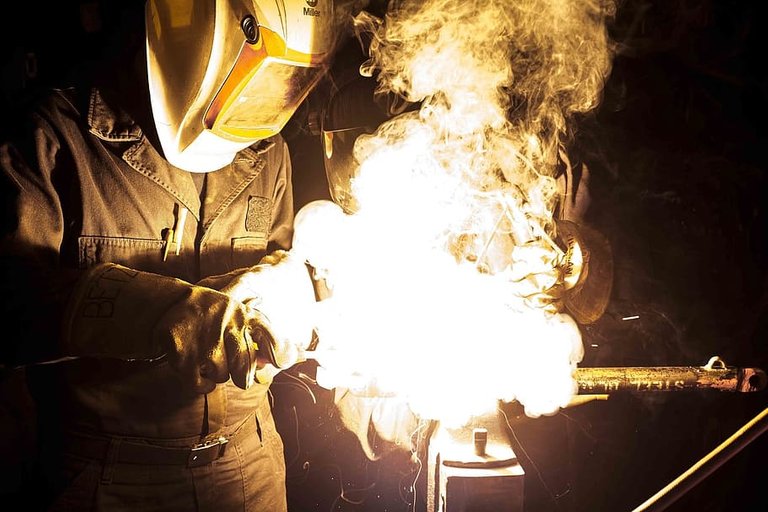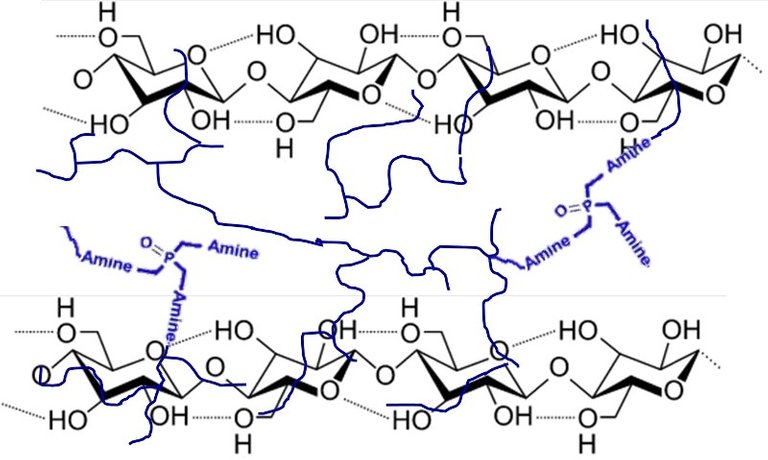A fireproof but comfortable textile
The main characteristic of a fireproof textile is that it prevents the spread of fire, that is, it is fire resistant, so it slows the spread of flame and extinguishes the fire automatically when it is removed from the source of ignition.

In many occupations fire resistant clothing is required. Source: pixabay.com.
There are several types of fire resistant fibers, for example mineral fibers such as fiberglass or synthetic fibers such as aramids. You are probably thinking about the suit that firefighters wear and that protects them from fire, if so, you will realize that this type of garment is not easy to wear, it is a thick, hot and uncomfortable fabric. But firefighters are not the only ones who have to deal with this problem, workers of electricity, oil and gas companies must also use fireproof garments as a protective measure, to be safe during an eventual electric arc or flash fire. The difference is that firefighters wear them in specific cases, while a worker in another sector must wear these garments during their daily activities.
That is why worker comfort has been on the mind of many researchers, to offer a fabric with flame retardant properties and easy to wear; In this sense there have been many attempts to give this property to the cotton fabric, but usually it is done by coating or impregnating the fabric with chemicals, especially sulfur or formaldehyde-based, which make the fabric behaves like a fireproof material, but the main disadvantage of this technique is that the material loses its properties by the release of chemicals, because of the washing of fabrics or even by the sweat of people.

Fireproof and comfortable clothing for the worker has been in the sights of many researchers. Source: pxfuel.com.
Faced with this problem, a group of scientists at EMPA have come up with an innovative solution: they have managed to create a flame-retardant network between the cotton fibers, thus preserving the skin-friendly properties of cotton fabric, which is widely used not only in clothing but also in home textiles.
In this way, the textile industry will not have to sacrifice people's long-term health to provide fire protection, offering a safer option for skin and overall health, particularly because the formaldehyde sometimes used to make flame-resistant cotton is classified as carcinogenic, and it also blocks cellulose, decreasing the fabric's ability to make it breathable.
To achieve this, the group of scientists modified the cellulose fibers of cotton by incorporating phosphine oxide networks, using a compound called trivinylphosphine oxide in combination with cyclic amines, followed by a cross-linking reaction initiated by microwaves or dry heat, whereby the phosphine oxide network is integrated into the cellulose fibers of the cotton. And for additional protections, the process also included the incorporation of silver nanoparticles to provide the fabric with antimicrobial properties. In this way, a permanent flame-retardant network can be created in the cotton fiber that does not include a skin-toxic treatment.

Scheme of phosphine oxide macromolecules on cellulose chains. Scheme of phosphine oxide macromolecules on cellulose chains. Source: image prepared in PowerPoint, the original image of cellulose is from Wikipedia.com.
According to the report recently published in Chemical Engineering Journal, the cotton subjected to this treatment showed excellent flame-retardant properties, passing several flammability tests, which mimicked small-scale fires, and remaining stable for up to 50 washing cycles.
Although the researchers point out that research still needs to be carried out to determine the impact of other factors, such as the treatment of colored fabrics, optimize other properties and evaluate feasibility costs, they emphasize that compared to other methods, this treatment guarantees both the comfort of the fabric and good fire resistance, something that is undoubtedly necessary to produce safety clothing for many workers in different sectors.
Thanks for coming by to read friends, I hope you liked the information. See you next time.